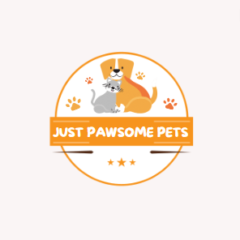Understanding the Predatory Motor Pattern In Domestic Dogs
By admin / December 10, 2022 / No Comments / Uncategorized
The Predatory Motor Pattern is something we don’t often discuss for dogs – because it sounds pretty scary.
But it’s something I think is really important to understand – and it’s nowhere near as scary as it sounds.
Dogs, mainly back in the victorian era in the UK, were selectively bred to aid us in a huge variety of jobs and what we did (unwittingly) was accentuate, elongate, or capture behaviours within the Predatory Motor Pattern to aid in our tasks.
Understanding your dogs drivers in this way not only gives us greater depth to our dog’s motivations, but it also allows us to use enrichment to it’s fullest.
To me, the predatory motor pattern gives you phenomenal insight into your dog’s inner needs, which in turn gives you three things;
- The opportunity to prevent “undesirable” behaviour
- The opportunity to increase your dog’s happiness
- Decrease your dog’s stress.
You’ll notice I used “undesirable” in quotes, because it’s only undesireable to us humans. But, it’s something our dog’s need. Denying them these things can actually affect their happiness.
My favourite example is that Indie used to drive me wild with a squeaky tennis ball in my home – so I got to a point that I denied it (before I trained professionally).
However, I hadn’t realised that he loved the Kill-bite part of the motor pattern, and without it, it made him miserable and meant he didn’t have an outlet for that desire. I gave him a ball (without a squeaker) he could kill-bite on and suddenly his stress became lessened.
It felt like magic, but it was just science…
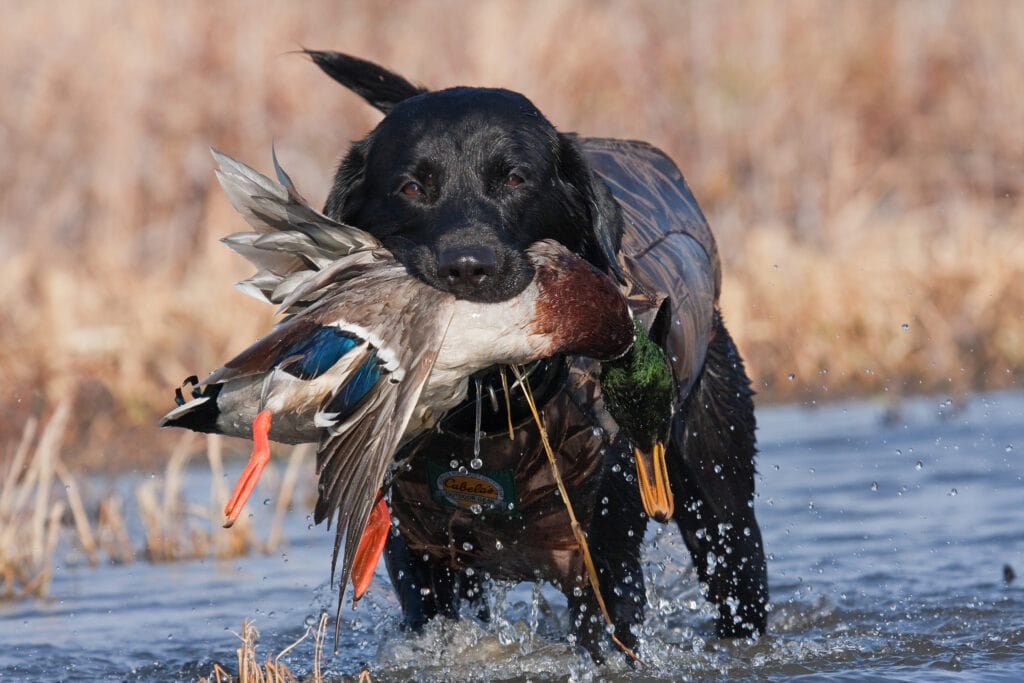
What Is The Predatory Motor Pattern?
Once upon a time, we humans bred dogs to assist in our daily life, and to work in a particular way. Inadvertently, we honed in on aspects of the predatory motor pattern, and even muted some a little as we selectively bred our dogs! For example, Golden retrievers were bred for the purpose of hunting but particularly retrieving.
So, with a Golden retriever, we emphasised the Orient, Chase and even specifically a gentle grab-bite — and decreased the kill-bite, dissect and consume. Which is why golden retrievers (typically) love to hold. things
Where as a bull terrier? Who are bred to find, draw out and kill rodents? They’re massively driven by the kill-bite bit of the Predatory Motor Pattern.
Does That Mean My Dog Will Kill Things?
First, remember, that whilst this is modelled off of what predators (like wolves, yes) do to hunt, but specifically how the domestic dog hunts if they get the opportunity.
Next, I do want to say that yes, sometimes our dogs will kill things, even the friendliest of doodles to the scariest of pitbulls (I still find that idea hilarious, pits are so not scary). But that’s a part of owning a dog, some dogs will do the kill-bite part of it, but you can lessen this sort of thing with training if you need to with cat’s at home, or chickens or similar.
But, let’s look at this a little more…
Understanding Your Dog’s Drive
You’ll often hear this breed has a high prey drive (like Coonhounds, or german shepherds, ho-hum), and this typically actually refers to the desire and drive to chase and dispatch (this is my nice way of referring to the grab-bite and kill-bite sections), and usually we want to give and promote good and constructive as opposed to letting our dogs decide how to express that (which usually isn’t as constructive).
This outlet? Is usually something we refer to as enrichment. So I’ll be trying to add in some appropriate enrichment options under each of the headings!
The Predatory Motor Pattern

1 – Orient
Orient is the process of finding the thing. It’s the process of using their senses, their nose, their ears, their eyes to find their ‘prey’.
This is where scenthounds thrive. This could be following a scent, tracking an animal or person, locating the quarry is always really important.
Enrichment Ideas For Orient Dogs
- Flirt Pole
- Hide & Seek
- Search games
- Mantrailing
- Scentwork
Dog’s Who Love To Orient
- German Shepherds
- Scenthounds
- Sighthounds
- Spaniels
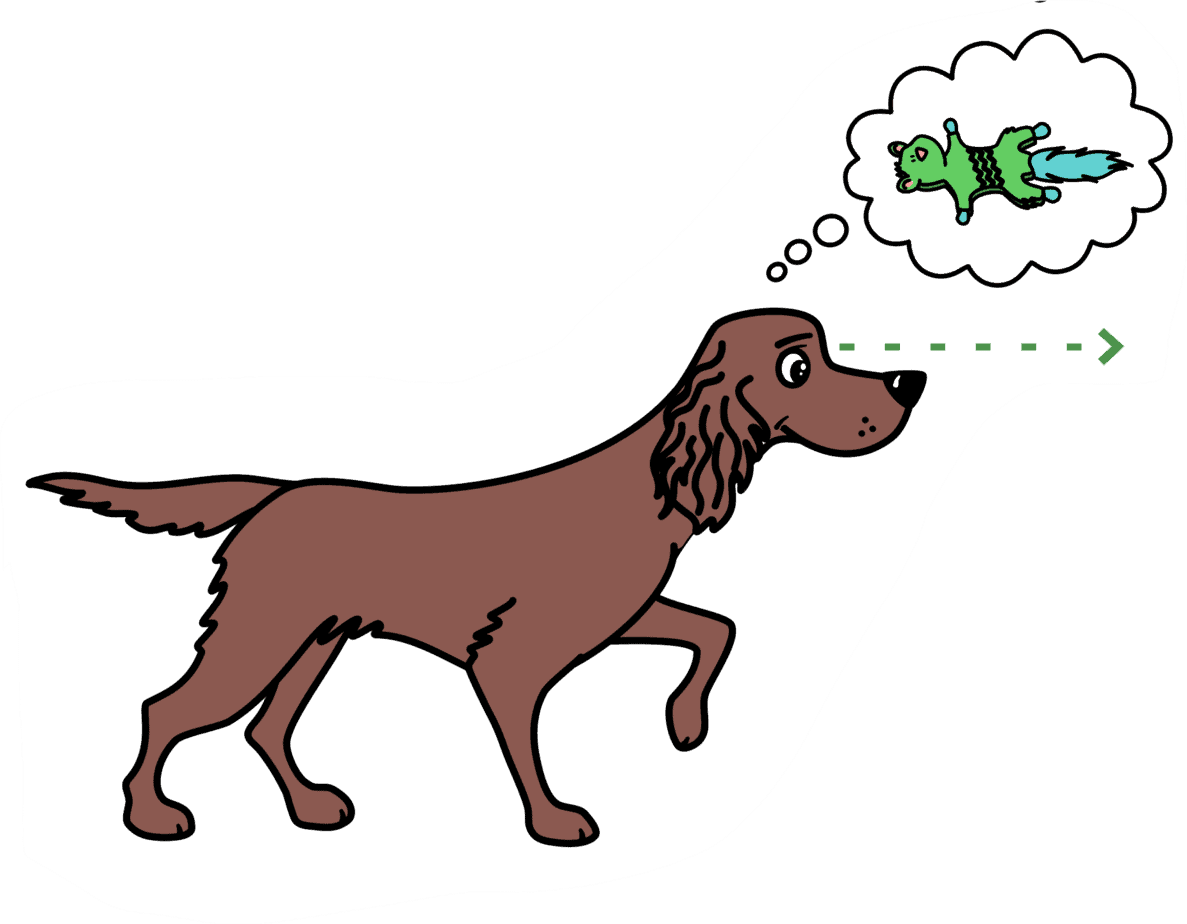
2 – Eye
This is the watching, learning movements, and predicting the ‘prey’ animal. This would be a nice, intense gaze, something that some dogs are now famed for. Usually this includes a lot of stillness too.
Enrichment Ideas For Eye Dogs
- Flirt Pole
- Hide & Seek
- Search games
- Mantrailing
- Scentwork
Dog’s Who Love To Eye
- Collies
- Shepherds
- Bird dogs
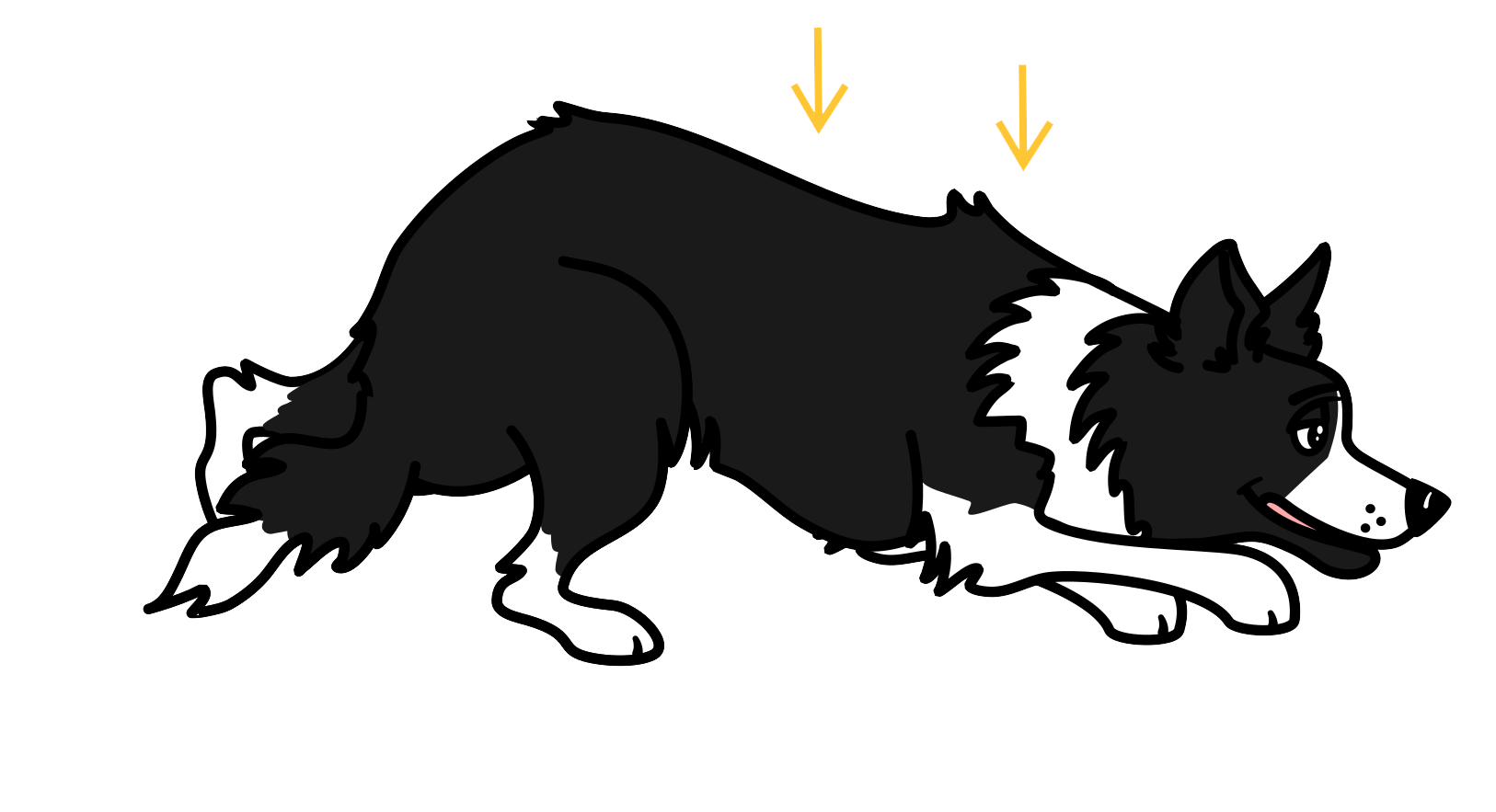
3 – Stalk
This is something bird dogs are famed for. Their stalk ends up becoming a point. Which is incredibly cool to see. This one is designed to get your dog within striking distance, so within their “ideal run” length. This is normally slow and stealthy, involving a lot of watching.
Enrichment Ideas For Stalk Dogs
- Flirt Pole
Dog’s Who Love To Stalk
- Pointers
- Collies
- Cattle Dogs
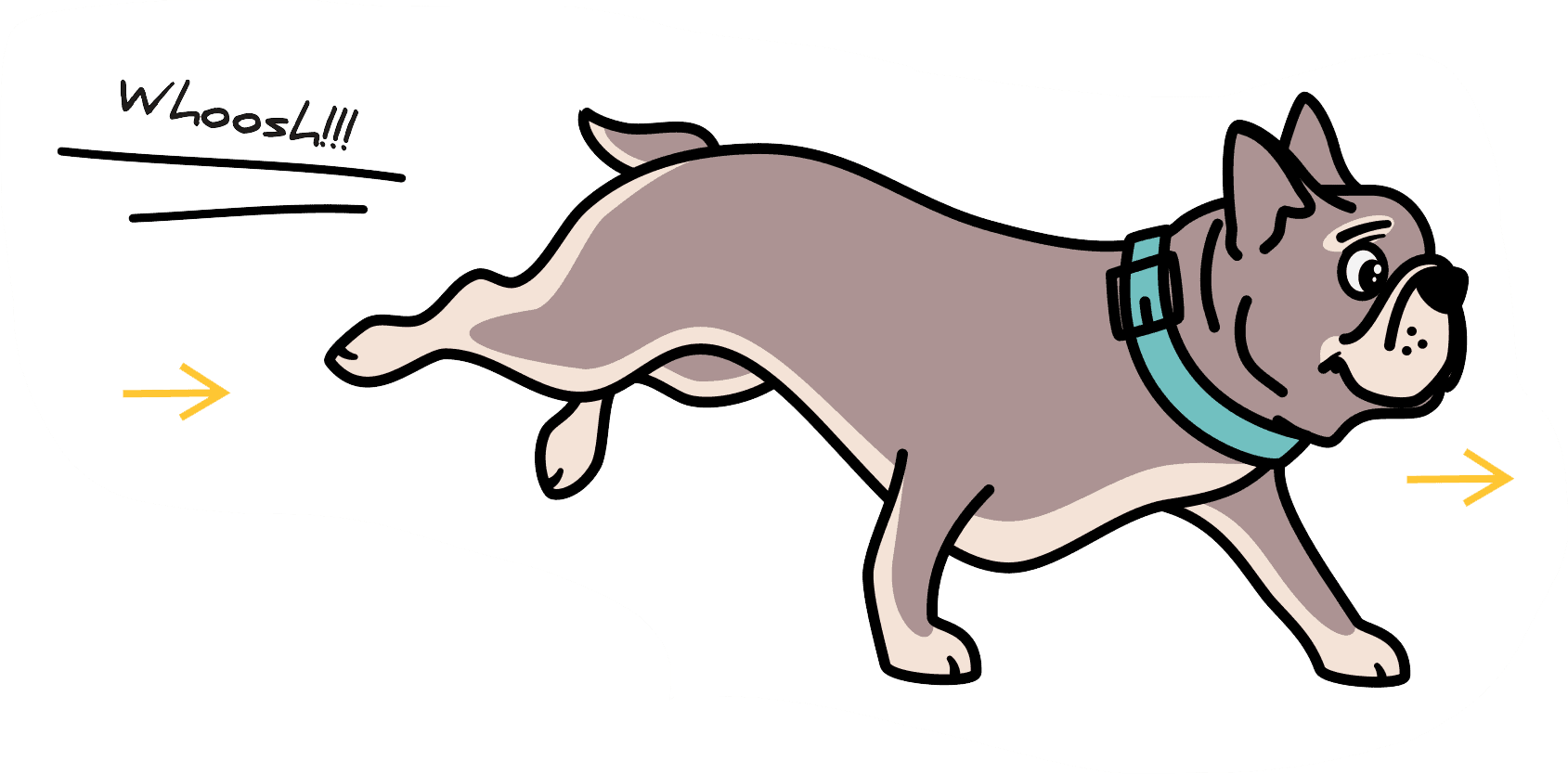
4 – Chase
The actual pursuit! This is pretty much a universally loved part of being a dog. aka chase. Whether it’s chasing another dog, chasing a ball, chasing a bird, or a deer. Most dogs love to run.
The chase method varies depending on the dog, some are sprinters, some are long distance runners, some are somewhere in between! But the chase is a really important part of the predatory motor pattern.
Enrichment Ideas For Chase Dogs
- Flirt Pole
- Fetch
Dog’s Who Love To Chase
- Shepherds
- Sighthounds
- Collies
- Retrievers
- Spaniels
- Cattle dogs

5 – Grab-Bite
This is one of the sinister sounding parts. the grab bite. It’s usually a snatch from the floor, from the air, and done as part of a chase, or coupled with a pounce (some dogs do pounce!). This is usually a quick crunch that is designed to detain the quarry. Not all dogs have the strength to dispatch their ‘prey’ with their jaw strength, and that’s often where the kill-bite comes in.
Enrichment Ideas For Grab-bite Dogs
- Flirt Pole
- Fetch
- Tug
Dog’s Who Love To Grab-Bite
- Bull breeds
- Shepherds
- Collies
- Terriers
- Retrievers
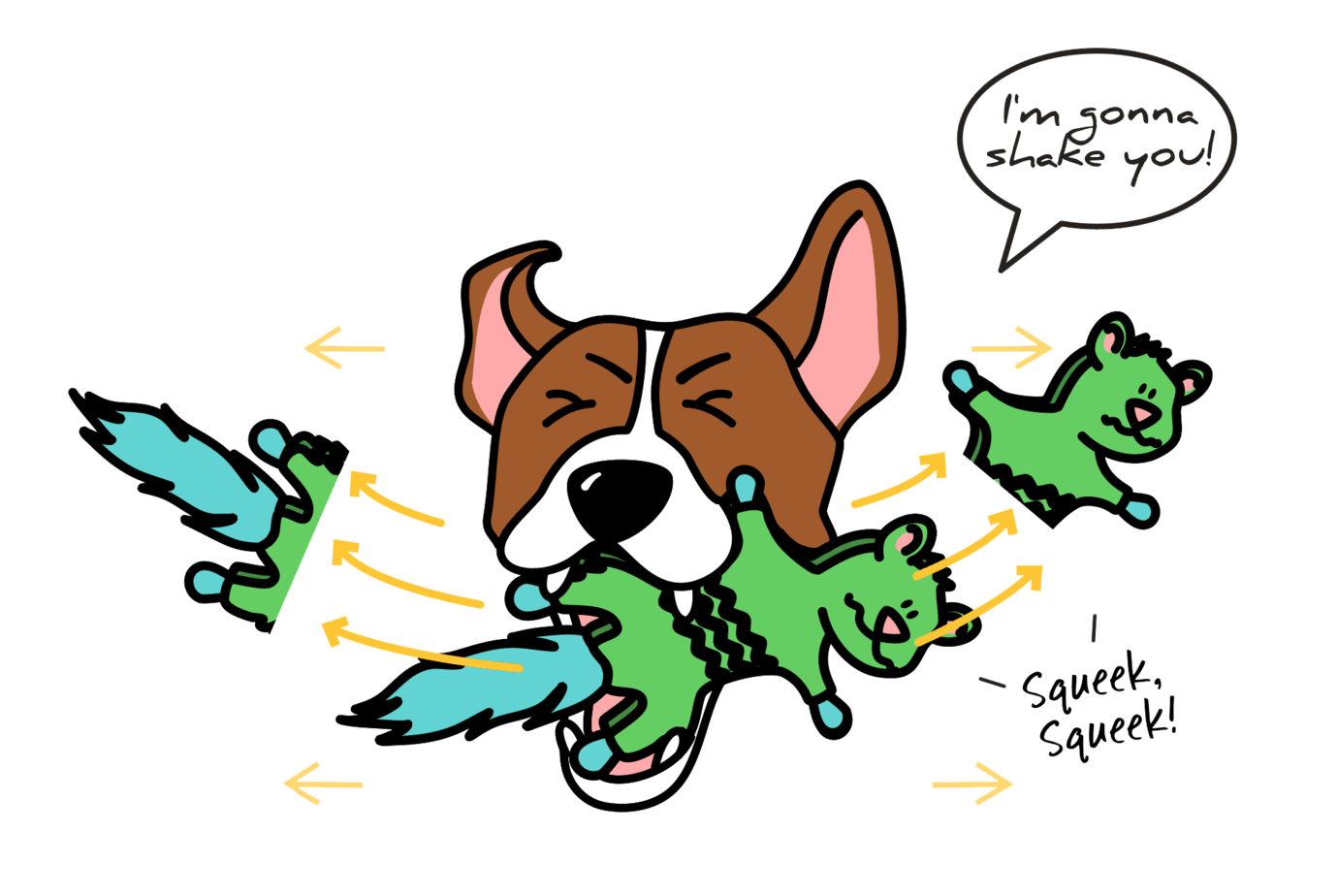
6 – Kill Bite
Either a shake or a solid crunch (sometimes both) is designed to kill whatever it is they have, and actually, this is why a lot of toys have squeakers to give a certain level of satisfaction to that kill-bite.
Enrichment Ideas For Kill-bite Dogs
- Flirt Pole
- Fetch
- Tug
Dog’s Who Love To Kill-Bite
- Bull breeds
- Shepherds
- Collies
- Terriers
If my dog loves Kill-bite, does that mean they’re aggressive or reactive?
No! Absolutely not. It doesn’t even increase the inclination towards aggression or reactivity. The desire to bite on something actually just means they may be more problematic puppies and want to bite or chew more. Once we teach that what to bite and guide our puppies through appropriate socialisation,
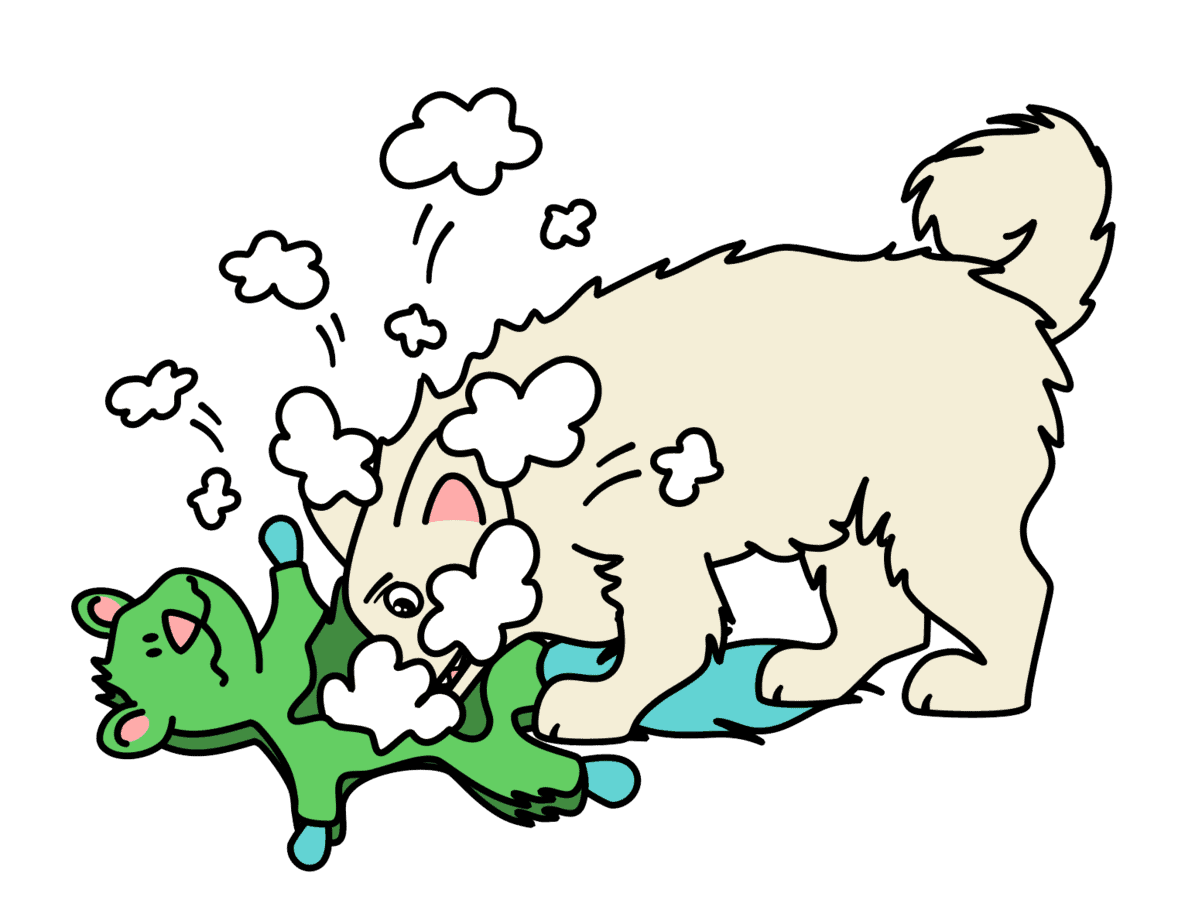
7 – Dissect
These dogs are also sometimes known as “Shredders”, they like to take a toy and strip it, whether it’s a tennis ball, or a full on stuffed toy. This comes from the part, as a predator, where they would pull the fluff and skin off of what they were about to eat. But a lot of selective breeding has usually downplayed this.
Potential problems with Dissect
These dogs can more frequently destroy beds or toys if not given appropriate outlets for this desire! They’re also inclined to sometimes intentionally or accidentally consume (the next step!), so whenever you’re giving your dissect-loving dog enrichment make sure to watch them and monitor what they’re doing. (All enrichment should be monitored, but these dogs are a much bigger risk of problems and you need to be aware of that!).
Enrichment Ideas For Dissect
- Hollee Roller Ball
- Search Boxes
- She
Dog’s Who Love To Dissect
- Bull breeds
- Shepherds
- Collies
- Terriers
- Retrievers

8 – Consume
This is the part of the process where your dog is going to eat all the parts that they’ve gotten access to. After several generations of selective breeding (lol, several hundred might be more appropriate!), this one has been mainly eliminated, but occasionally it filters back through.
Potential problems with Dogs Who Like To Consume…
These dogs can more frequently destroy beds or toys if not given appropriate outlets for this desire! They’re also inclined to sometimes intentionally or accidentally consume, so whenever you’re giving your dissect-loving dog enrichment make sure to watch them and monitor what they’re doing. (All enrichment should be monitored, but these dogs are a much bigger risk of problems and you need to be aware of that!).
Enrichment Ideas For Consume Dogs
- Kongs
- Toppls
- Search boxes
Dog’s Who Love To Consume
- Bull breeds
- Terriers
Does The Predatory Motor Pattern Only Apply To Big Dogs?
Nope. Smaller dogs, larger dogs, medium dogs — it doesn’t matter. All dogs these days have been pretty much selectively bred for some of these traits. The only thing to be aware of is that a larger dog will be more problematic if they do exhibit any form of bite on an inappropriate place.
How Do You Use This Information?
If you’re unsure what your dog was actually bred for, google is great -but even better than google is Meet Your Dog by Kim Brophey. This book I still refer to when I want to refresh on a breed I’m less familiar with.
Love this? Go share it on Instagram!
Does any of this make sense for your dog?
The predatory motor pattern sounds far worse than it is. It’s all about finding what makes your dog tick. And just because it sounds bad, please don’t just ignore their needs. These sorts of things need to be addressed, because a fulfilled dog, is a good dog.
Use this to familiarise yourself with what makes your dog a dog, what they love vs what they don’t love, and instead of shying away from the fact that your afghan hound has roots in hunting antelope – despite their gorgeous flowing locks, they too need that drive to be satisfied.
Get creative! Find a way.
If you need any help with your dog and understanding their needs, I’m more than happy to help! Get in touch.
Author, Ali Smith
Ali Smith is the Positive Puppy Expert, dog trainer and is the founder of Rebarkable. She is passionate about helping puppy parents get things right, right from the start. To help create a puppy capable of being a confident and adaptable family member and keep puppies out of shelters.
Ali has won multiple awards for her dog training, and has had her blog (this blog!) rated as 2021 & 2022 worlds’ best pet blog!
